In recent years, red light therapy has gained widespread acceptance for its ability to promote wound healing, reduce inflammation, and improve skin health. However, to fully understand how this therapy works, it’s essential to dive into one of its most fundamental components: wavelength.
Typically, the wavelength range used in red light therapy is between 600 and 1000 nm, with the most common wavelengths being 620-670 nm and 810-880 nm. Different wavelengths of light penetrate the skin to varying depths, thereby producing different biological effects on cells.
In this article, we’ll explore what red light therapy is, the ideal wavelengths for effective treatment, and why these specific wavelengths are crucial for successful outcomes.
What is Red Light Therapy?
Red light therapy (RLT) is a non-invasive treatment that uses specific wavelengths of light to promote healing and cellular regeneration. This light therapy typically involves exposing the body to light in the red or near-infrared spectrum.

Unlike UV light, red light therapy doesn’t cause harm to the skin or increase the risk of skin cancer. Instead, it works by stimulating various biological processes within the body, such as improving circulation, increasing collagen production, and enhancing tissue repair.
This therapy is commonly used to treat a variety of conditions, including:
- Pain relief: RLT can alleviate joint pain, muscle soreness, and inflammation.
- Skin rejuvenation: It’s frequently used for anti-aging treatments and to promote wound healing.
- Hair growth: Red light therapy has been shown to stimulate hair follicles, promoting new hair growth in those experiencing hair loss.
- Mood and mental health: There is evidence that RLT can help reduce symptoms of depression and anxiety by boosting serotonin production.
Understanding Wavelengths in Light Therapy
Before we discuss the specifics of red light therapy, it's important to understand wavelengths and how they impact the effectiveness of light therapy.
A wavelength is the distance between two consecutive peaks of a light wave. It is measured in nanometers (nm), with different wavelengths corresponding to different colors of light. The longer the wavelength, the deeper the light can penetrate the skin, tissues, and muscles.
In the context of red light therapy, light in the red and near-infrared spectrum is commonly used. These wavelengths have a profound impact on cellular functions and can be absorbed by the skin and underlying tissues to stimulate healing. If you're looking for an effective and safe solution, consider using an FDA approved red light therapy device to ensure high-quality, clinically backed treatment.
The Wavelength Range for Red Light Therapy

The red light spectrum typically falls within the wavelength range of 600 to 650 nm. This range is particularly effective for stimulating the skin's surface, where it can penetrate to a depth of about 8 to 10 millimeters. These wavelengths are ideal for:
- Collagen production: Red light in this range stimulates fibroblast cells, which produce collagen and elastin. This is why red light therapy is often used for anti-aging purposes.
- Wound healing: The red light wavelength promotes faster healing of wounds, cuts, and scars by increasing blood flow and reducing inflammation.
- Skin rejuvenation: It can also help improve skin texture and tone by boosting cellular regeneration.
Why Wavelength Matters in Red Light Therapy
Wavelength plays a critical role in the effectiveness of red light therapy. Here's why:
- Skin Penetration: Different wavelengths penetrate the skin to varying depths. Shorter wavelengths (around 600 nm) tend to affect the outer layers of the skin, promoting surface healing, while longer wavelengths (around 650 nm) penetrate deeper into the tissues, making them effective for deeper muscle and joint conditions.
- Biological Effects: Wavelengths in the red spectrum trigger a biological process called photobiomodulation (PBM). PBM enhances mitochondrial function, increasing the production of ATP (adenosine triphosphate), the energy source for cells. This process boosts tissue healing, reduces inflammation, and stimulates cellular regeneration.
- Specific Conditions: The wavelength of light used can vary depending on the condition being treated. For example, surface-level skin concerns may respond better to 600 nm light, while deeper muscle and joint pain might benefit from 650 nm or even near-infrared light (800-1000 nm).
Red Light Therapy vs. Near-Infrared Light Therapy
Red light therapy and near-infrared light therapy both fall under the broader category of light therapy, but they differ in terms of wavelength and treatment applications:
- Red light therapy typically uses wavelengths in the 600-650 nm range, which are primarily absorbed by the skin. This makes it highly effective for treating surface-level issues such as acne, signs of aging, and wound healing.
- Near-infrared light therapy, on the other hand, operates in the 800-1000 nm wavelength range. These longer wavelengths penetrate deeper into the tissues, making them more effective for pain relief, muscle recovery, and joint healing.
Depending on your specific needs, you can choose red light therapy, near-infrared light therapy, or even combine both for a more comprehensive treatment. PRUNGO’s medical-grade red light therapy devices offer a versatile wavelength range from 650-850 nm, allowing you to tailor the treatment to your needs.
Whether targeting surface-level skin issues or deeper tissue repair, PRUNGO provides the flexibility and precision to deliver effective results for various medical and recovery purposes.

Scientific Evidence Behind Red Light Therapy and Wavelengths
Numerous studies have demonstrated the effectiveness of red light therapy across various wavelengths. Research has shown that light in the 600-650 nm range significantly enhances collagen synthesis, promotes wound healing, and reduces pain and inflammation.
For instance, a study published in the Journal of Clinical Laser Medicine and Surgery found that red light in the 630-640 nm range accelerated wound healing and improved tissue regeneration in patients with surgical incisions. Other studies have highlighted the benefits of red light in reducing symptoms of rheumatoid arthritis and joint pain.
How to Choose the Right Wavelength for Your Needs

Choosing the right wavelength depends on your specific treatment goals with red light therapy. Different wavelengths of light penetrate tissues at varying depths, so understanding your needs is key to selecting the correct wavelength.
- Skin issues (such as acne, wrinkles, or scars): If you want to improve skin health, red light in the 600-650 nm range is ideal. This wavelength is primarily absorbed by the surface layers of the skin, effectively promoting skin repair, reducing inflammation, and stimulating collagen production.
- Deep tissue issues (such as muscle soreness, joint pain, or soft tissue injuries): For deeper tissue conditions, wavelengths in the 650-850 nm range are recommended. These wavelengths penetrate the skin and deeper tissues, helping to relieve muscle pain, promote blood circulation, and accelerate recovery.
Depending on your specific needs, consider combining red light therapy with near-infrared light therapy, or consult a professional to ensure the most effective treatment. If you're looking for the strongest red light therapy at home, be sure to select a device with the appropriate wavelength range and intensity to meet your needs.
Safety Considerations and Side Effects
Red light therapy is generally considered safe, with minimal side effects. However, overexposure to intense light can cause skin irritation or discomfort. It’s important to follow the recommended guidelines for treatment time and distance from the light source.
Conclusion
In conclusion, red light therapy is a versatile and effective treatment method widely used in health and wellness. By using different wavelengths of light—600-670 nm for surface skin issues and 700-850 nm for deeper tissue concerns—it can penetrate the skin and tissues, promoting healing, reducing pain, and enhancing overall health.
Choosing the right wavelength can greatly assist in pain relief and skin health management. Ultimately, the choice of wavelength depends on your specific needs, and it’s recommended to consult with professionals or healthcare providers when making your selection.
Related reading: Is Red Light Therapy Safe for Cancer Patients?


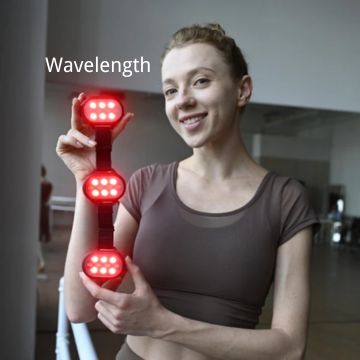
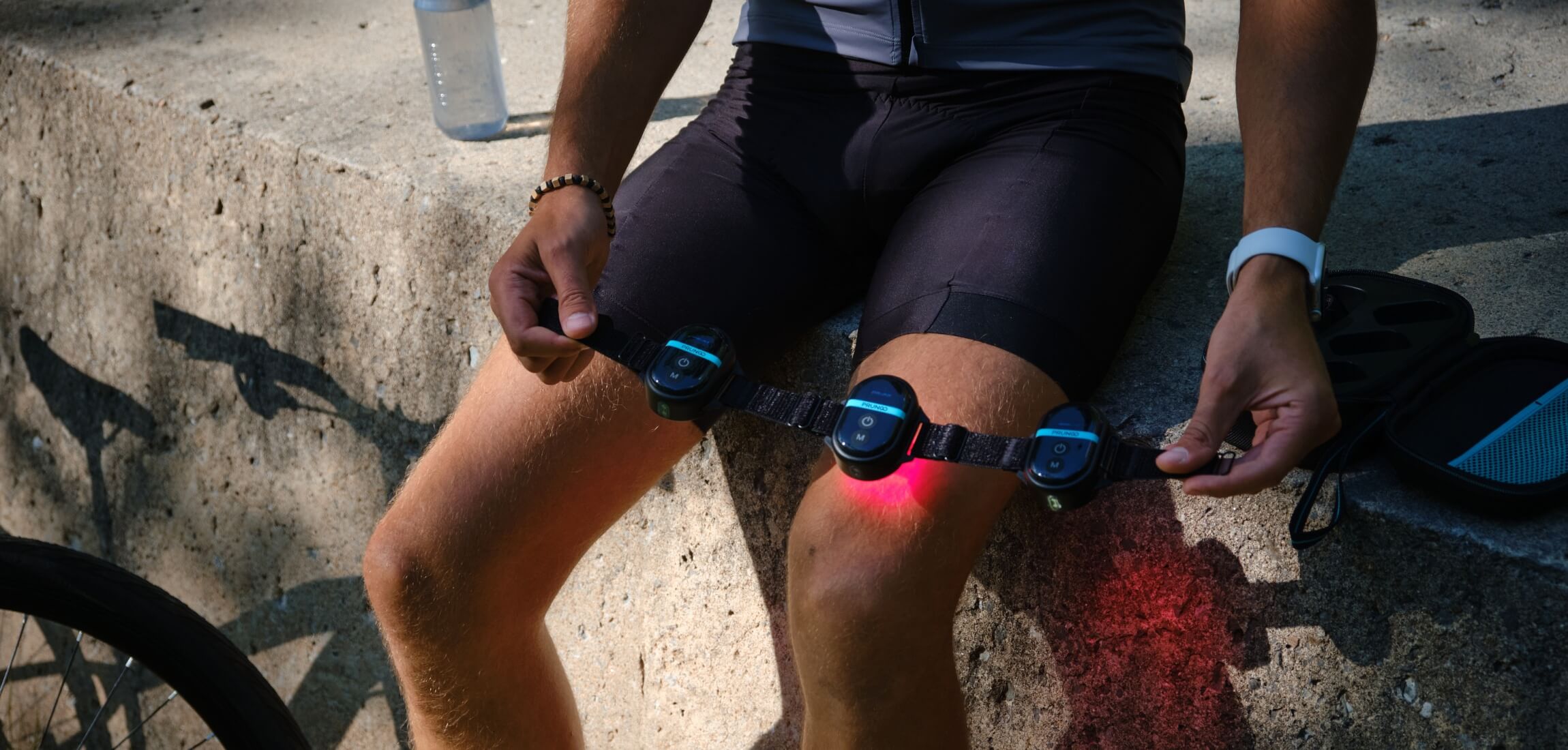
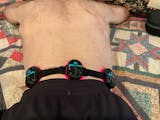
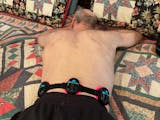









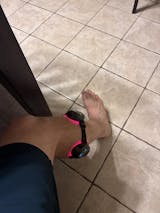
Share:
Do You Need Goggles for Red Light Therapy?
What Is Red Light Therapy